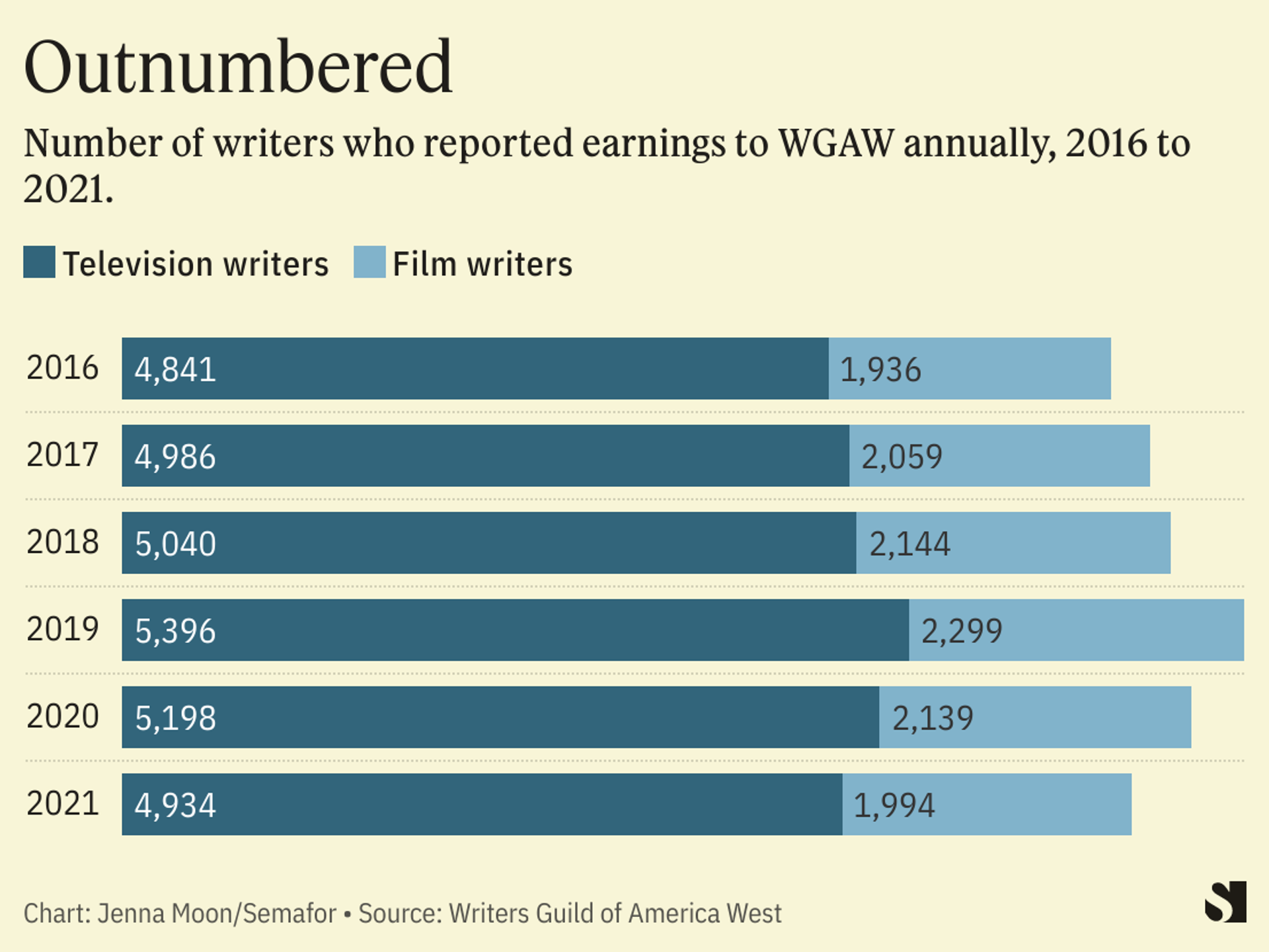GPU Price Increases: A Look At The Contributing Factors

Table of Contents
The Impact of Cryptocurrency Mining on GPU Prices
The surge in cryptocurrency mining, particularly Ethereum mining until its transition to proof-of-stake, significantly impacted GPU prices. The high profitability of GPU mining, especially during periods of high cryptocurrency values, attracted both individual miners and large-scale mining operations. This dramatically increased the demand for GPUs, far outstripping the supply produced by manufacturers.
- High profitability of GPU mining: The potential for significant returns attracted a massive influx of miners eager to acquire the most powerful GPUs available.
- Increased demand outstripped supply: This surge in demand created an acute shortage of GPUs, pushing prices far beyond the manufacturer's suggested retail price (MSRP).
- Ethereum's shift to proof-of-stake: Ethereum's move away from proof-of-work reduced the demand for GPU mining significantly, but the overall impact of previous mining activity on the GPU market persists.
- Future cryptocurrency trends: The future of cryptocurrency and its impact on GPU prices remains uncertain. New cryptocurrencies and evolving mining techniques could potentially influence GPU demand in the years to come. Keeping abreast of these trends is important for anyone looking to purchase a GPU.
Global Chip Shortages and Supply Chain Disruptions
The global chip shortage, impacting numerous industries, played a pivotal role in driving up GPU costs. This shortage wasn't limited to GPUs; it affected the entire semiconductor industry, creating significant bottlenecks in production and distribution.
- Pandemic-related disruptions: Factory closures and logistical challenges caused by the COVID-19 pandemic severely hampered chip manufacturing and global trade.
- Increased demand across industries: The pandemic also fueled increased demand for chips in various sectors, including automobiles, consumer electronics, and more, intensifying competition for limited resources.
- Raw material scarcity: Difficulties in procuring essential raw materials and components further constrained production capabilities.
- Geopolitical factors: Geopolitical tensions and trade restrictions also played a role, impacting the global supply chain's stability and efficiency. The concentration of chip manufacturing in specific regions exacerbated these issues.
Increased Manufacturing Costs and Inflation
Rising inflation globally significantly impacted GPU manufacturing costs. This wasn't just about the price of the chips themselves; the entire production process experienced escalating expenses.
- Inflationary pressures: Rising costs of raw materials, energy, and labor contributed to increased manufacturing expenses.
- Raw material price increases: The cost of silicon, precious metals, and other materials essential for GPU production increased considerably.
- Energy and transportation costs: The rising price of energy and transportation added significantly to the overall cost of producing and shipping GPUs. This was especially true with the global increases in fuel costs.
The Role of Scalpers and Resellers
Scalpers and resellers further aggravated the GPU price increases by buying up large quantities of graphics cards at MSRP and reselling them at drastically inflated prices on online marketplaces. Their activities severely limited the availability of GPUs for legitimate consumers.
- Automated purchasing systems: Scalpers often utilize bots and automated purchasing systems to circumvent online retailers' safeguards, enabling them to acquire large quantities of GPUs quickly.
- Impact on consumers: This practice left many consumers struggling to purchase GPUs at or near the MSRP, forcing them to pay exorbitant prices or wait extended periods for availability.
Conclusion
This article has explored the multifaceted factors contributing to the GPU price increases, including the impact of cryptocurrency mining, widespread global chip shortages, rising manufacturing costs, and the activities of scalpers. These interconnected issues have created a volatile and challenging market for consumers seeking to purchase graphics cards. Understanding these factors empowers consumers to make more informed decisions, anticipate market fluctuations, and potentially find better deals on GPUs. Stay informed about industry news and trends to navigate the ever-changing landscape of GPU prices and find the best deals for your needs. Keep an eye out for potential shifts in the GPU market and the cryptocurrency landscape to secure your next graphics card at a reasonable price.

Featured Posts
-
 10 Gb Data Sim Card For Uae Includes 15 Abu Dhabi Discount
Apr 28, 2025
10 Gb Data Sim Card For Uae Includes 15 Abu Dhabi Discount
Apr 28, 2025 -
 Tariffs Cause Major Setback For Alberta Dows 9 Billion Project Delayed
Apr 28, 2025
Tariffs Cause Major Setback For Alberta Dows 9 Billion Project Delayed
Apr 28, 2025 -
 Early Mets Roster Predictions After One Week Of Spring Training Games
Apr 28, 2025
Early Mets Roster Predictions After One Week Of Spring Training Games
Apr 28, 2025 -
 127 Years Of Brewing History Ends Anchor Brewing Companys Closure
Apr 28, 2025
127 Years Of Brewing History Ends Anchor Brewing Companys Closure
Apr 28, 2025 -
 Actors And Writers Strike The Impact On Hollywood
Apr 28, 2025
Actors And Writers Strike The Impact On Hollywood
Apr 28, 2025
